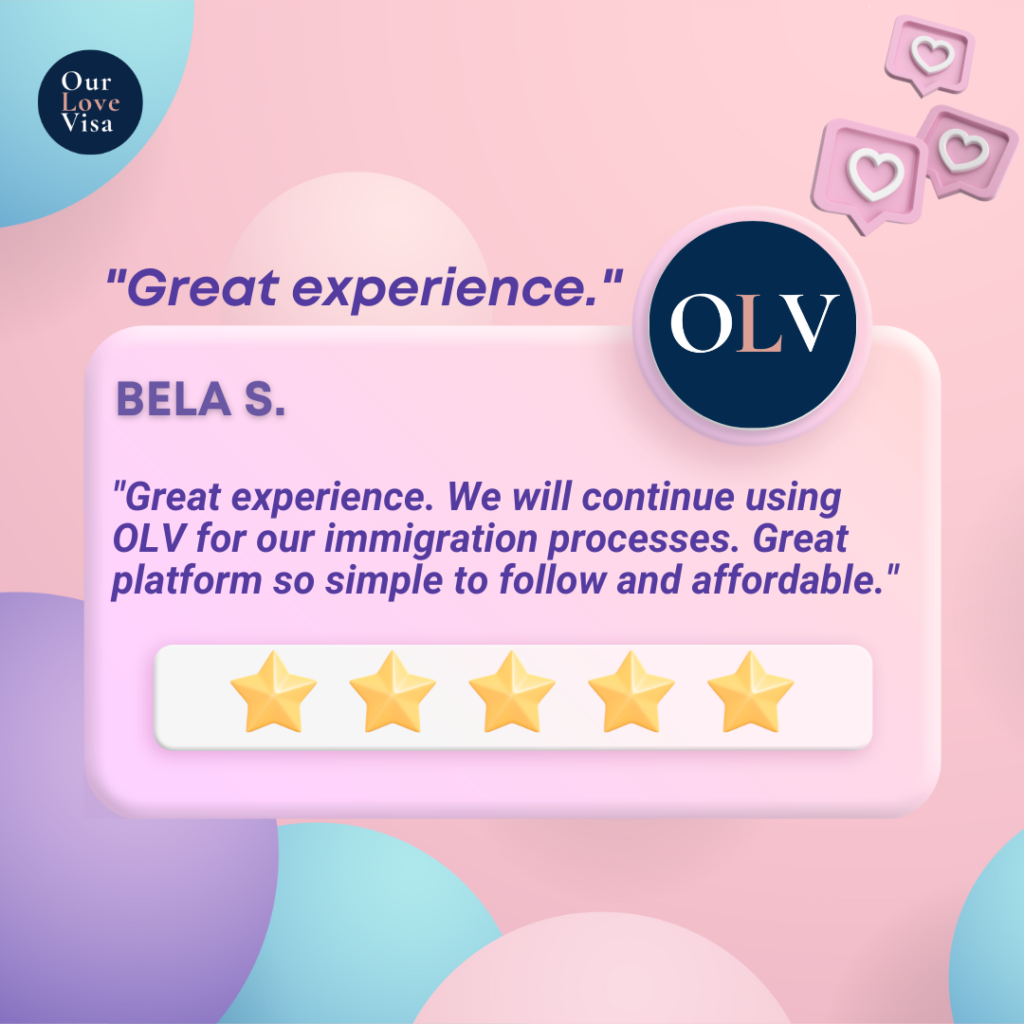Understanding the U.S. Education System: A Guide for Immigrant Parents
The United States education system can be a complex and confusing landscape for immigrant parents who are new to the country. Many may have a limited understanding of how the system works and what their children’s education will look like. We will explore the basics of the U.S. education system and provide tips for immigrant parents to help them in understanding the U.S. education system.
The Our Love Visa Experience
Our Love Visa has a simple mission. We believe it should not be difficult or expensive to bring couples together. OLV has helped thousands of couples navigate the immigration process, and it would be a privilege to help you too. Join the OLV Community today!

Education Levels
The U.S. education system is divided into three levels: primary, secondary, and post-secondary. Primary education, also known as elementary education, typically begins at the age of five and lasts for five to seven years. During this time, children attend a K-5 or K-6 school, where they learn the basic skills of reading, writing, and math. Secondary education, also known as middle and high school, lasts for six to eight years. During this time, children attend a middle school (grades 6-8) or high school (grades 9-12) where they take more advanced courses and begin to focus on specific subjects they are interested in pursuing.
Post-secondary education, also known as higher education, includes colleges, universities, and vocational schools. These schools offer programs that lead to degrees or certificates that can help students find jobs or continue their education.
What are the mandatory school ages?
In the United States, education is mandatory for children between the ages of 6 and 16. The majority of states have a compulsory education law that requires children to attend school until they reach a certain age, typically 16 or 18. Public schools are free to attend and are funded by taxes. These schools are required to provide an education that meets certain standards set by the state. Parents can also choose to send their children to private schools, which are not funded by the government and may have different curricula and admission requirements.
What is the difference between public and private schools?
Public schools are funded and run by the government, while private schools are funded and run by private organizations or individuals. Public schools are required to follow certain curriculum and testing guidelines, while private schools have more flexibility in terms of curriculum and teaching methods. Public schools are open to all students, while private schools may have selective admissions processes. Tuition is usually not charged at public schools, while private schools often require tuition payments.
What is different about the U.S. education system?
One of the most important things for immigrant parents to understand is that the U.S. education system places a strong emphasis on individual responsibility and self-advocacy. Unlike in many other countries, parents are not always heavily involved in their children’s education. It is important for immigrant parents to be aware of this and to take an active role in their children’s education by staying informed, communicating with teachers and school staff, and being involved in their children’s homework and school activities.
Another important aspect of the U.S. education system is standardized testing. These tests are used to measure student progress and are often used to determine which students will be placed in advanced or honors classes. These tests can be a source of stress for both students and parents, but it’s important to remember that they are just one aspect of the education system and that they do not define a student’s worth or potential.
For immigrant parents, it can be challenging to navigate the U.S. education system, especially if they have limited English proficiency. It is important to seek out resources and support, such as translation services and parent-teacher organizations, to help them understand the system and support their children’s education.
The U.S. education system can be a confusing and overwhelming landscape for immigrant parents. But with a little knowledge and effort, they can navigate it and support their children’s education. By staying informed, communicating with teachers and school staff, and being involved in their children’s homework and school activities, parents can play an important role in their children’s education. It is also important for immigrant parents to seek out resources and support, such as translation services and parent-teacher organizations, to help them understand the system and support their children’s education. With the right approach, immigrant parents can help their children succeed in the U.S. education system and achieve their full potential.

Our Love Visa makes your immigration process easy, fast, and worry-free, guaranteed. We provide you with complementary tools and resources free that help you plan your future in the United States together. Learn about how OLV is helping couples through their immigration journey.







